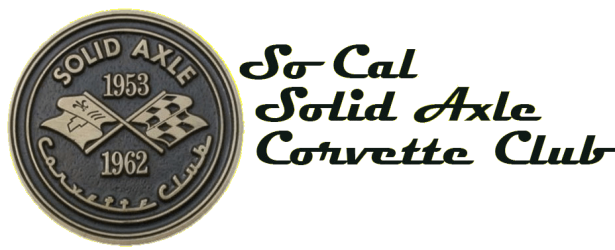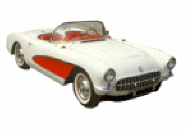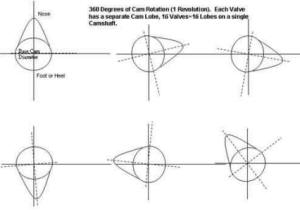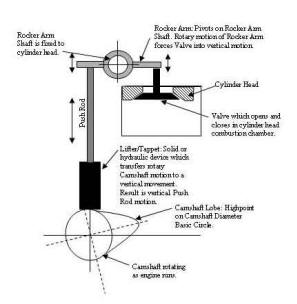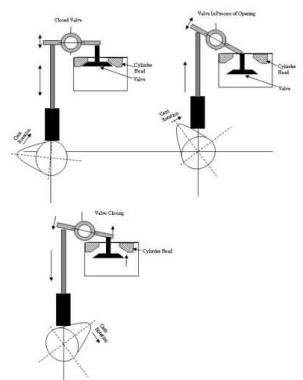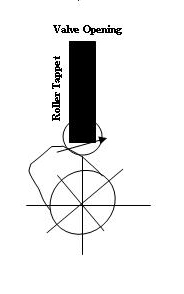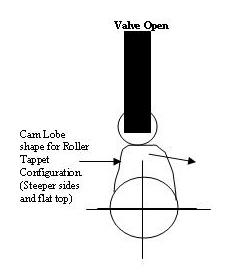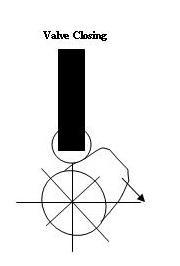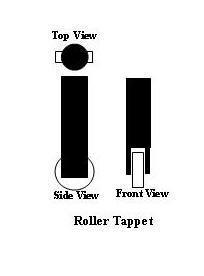|
Presenter: Doug Prince Doug’s Tip of the Day: Per Doug Prince you should not use any new oils with the “Energy Conservation” seal! These newer blends remove zinc which is a lubricant needed to lubricate highly loaded flat cam lifters which are used in these early 6 cyl. engines. No problem with later engines and with roller cam mods. I found that Pennzoil 10W-40 is not an “Energy Conservation” oil.
|
||||||||
|
||||||||
|
Southern California Solid Axle Corvette Club |
||||||||
[av_textblock size=” font_color=” color=”]
[/av_textblock]
[av_button label=’Tech Topics Home’ link=’page,125′ link_target=” size=’small’ position=’center’ icon_select=’no’ icon=’ue800′ font=’entypo-fontello’ color=’theme-color’ custom_bg=’#444444′ custom_font=’#ffffff’]
